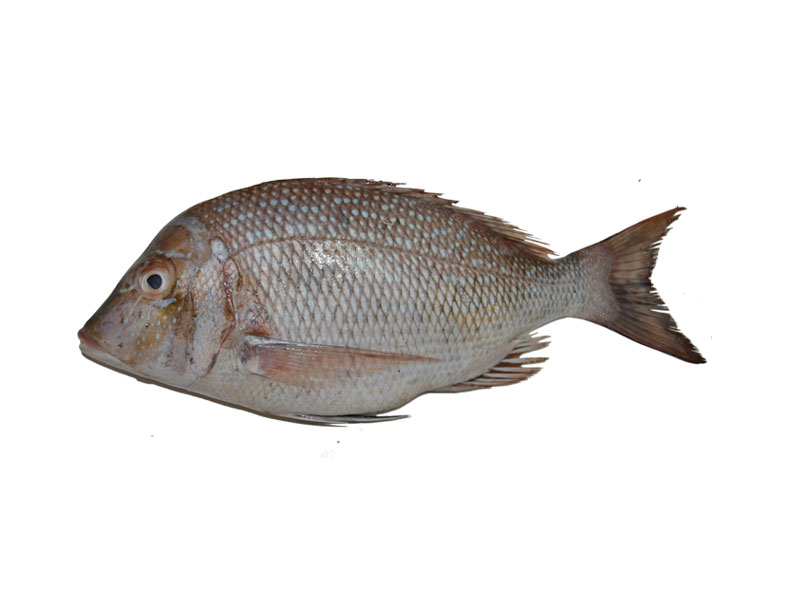The expression ―Sheri fish describes several species from different global regions with unique traits and ecological importance. “Sheri,” mainly used in the Middle East, refers to the spangled emperor, a marine species commercially valuable for food. The term is also used in some African countries around Lake Malawi for Shire tilapia, a freshwater fish important to local fisheries. In South Asia, especially in Pakistan and India, “Sheri” frequently refers to mahseer, an esteemed freshwater species culturally and economically significant to the region. This article discusses these species, including their habitats, routines, and impacts on the associated economies and cultures.
Exploring Sheri Fish
Spangled Emperor (Lethrinus nebulosus)
This Indo-West Pacific spangled emperor is a marine fish found across East Africa, southern Japan, Australia, the Red Sea, and the Persian Gulf. It can be found in coral and rocky reefs as well as seagrass beds at a depth of 10 to 75 meters and even in mangrove swamps and sandy substrates. Juveniles tend to form large schools during adolescence, while adults prefer a solitary lifestyle. Their diet mainly includes mollusks, crustaceans, and echinoderms. A decline in population due to overexploitation is noted, especially around the Persian Gulf.
Shire Tilapia (Oreochromis shiranus)
In some areas, Sheri refers to Oreochromis shiranus. It is the scientific name for Shire tilapia. This species of freshwater and brackish fish is specifically located within the Shiré River and Lake Malawi in fuel Africa. The fish does best in a warm climate where temperatures are between 23°C and 42°C. Shire tilapia also feeds on phytoplankton and detritus while acting as maternal mouthbrooders. While this species receives an abundant supply of Shire tilapia, it also leads to heavy exploitation of this fish in Lake Malawi, where they are commercially farmed in cages and ponds.
Mahseer (Tor species)
About Mahseer, a member of the Tor genus, Sheri refers to this term on occasion when talking about the fish in Pakistan or India. Mahseer reside in lakes and rivers throughout Southern Asia, including Pakistan. As omnivores, they feast on algae, crustaceans, insects, frogs, and smaller fish. Mahseer are sought after as game fish and prized for their delicate flavor. Several Mahseer species have suffered severe population declines due to pollution, invasive species, habitat destruction, and rampant overfishing.
Economic and Ecological Importance
Habitat and Behavior
Sheri fish have varied habitats. Shire tilapia prefers shallow, vegetated freshwater bodies, while the spangled emperor predominantly resides within coral reefs and seagrass beds. Mahseer are also found in lakes and rivers, often traveling into rapid streams with rocky bottoms for breeding. These species strongly contribute to the balance of life in ecosystems, assisting in sustaining healthy aquatic life.
Economic Importance
They are crucial for local economies. Along with Shire tilapia, spangled emperors are commercially fished in the Persian Gulf region. Mahseer are popular amongst anglers and are a delicacy in many communities in South Asia. The fish are also utilized in promoting employment and food security within Malawi.
Conservation and Management
Fishing Restrictions
To sustain fisheries in Ras Al Khaimah, UAE, fishing and selling Sheri and Safi fish is prohibited from March 1 to April 30 every year. This strategy is intended to protect the fish population and provide economic opportunities for local fishermen down the line.
Aquaculture Practices
Aquaculture of Shiri species, like the Shire tilapia, is practiced through controlled breeding and raising of fish. This method supplements the supply of fish and decreases the strain on naturally occurring stocks. Some of the issues faced include maintaining water quality, preventing the spread of disease, and ensuring a healthy gene pool.
Cultural Significance
They are considered important in many cultures. Mahseer holds significant importance in South Asia and is often depicted in folklore and served in traditional dishes. These fish are renowned throughout the Middle East and are part of the local diets.
FAQs
Where are Sheri fish mostly found?
They have wide habitat ranges. The spangled emperor is lfoundto marine and brackish waters, thriving in coral reefs and seagrass meadows. Shire tilapia does well in shallow freshwater bodies, and Mahseer are located in lakes and rivers, usually in fast-moving streams with rocky substrates.
Are Sheri’s fish at risk of extinction?
Overfishing, habitat destruction, and pollution are contributing to an increasing number of species being threatened.
Can Sheri fish be farmed?
Certain types, like Shire tilapia, are commercially farmed. Sheri Fish Aquaculture is in place to satisfy the market demand while relieving stress on wild fish populations.
What do Sheri fish eat?
Different species have different diets. The spangled emperor is a predator of mollusks, echinoderms, and crustaceans. Shire tilapia is a detritivore as well as a phytoplankton consumer. Mahseer is an omnivore and feeds on algae, crustaceans, insects, and even other fish.
Why are fishing bans implemented for the Sheri fish?
Breeding season fishing bans help maintain population numbers and sustain their population while also ensuring long-term sustainable fishing and ecological balance.
Conclusion
Sheri fish species such as the spangled emperor, Shire tilapia, and mahseer have socio-ecological, economic, and cultural significance within their respective areas. These species contribute to local & national diversity, support local economies via fisheries and aquaculture, and are culturally important to people from various regions.
Moreover, Scheri fish face numerous issues such as over-exploitation, loss of habitat, pollution, and competition from non-native species. Indigenous fish species like mahseer are already declining due to such issues in some parts of Pakistan. There is a need to develop appropriate policies to protect these species, such as fishing guidelines, habitat restoration, and promotion of sustainable aquaculture.


